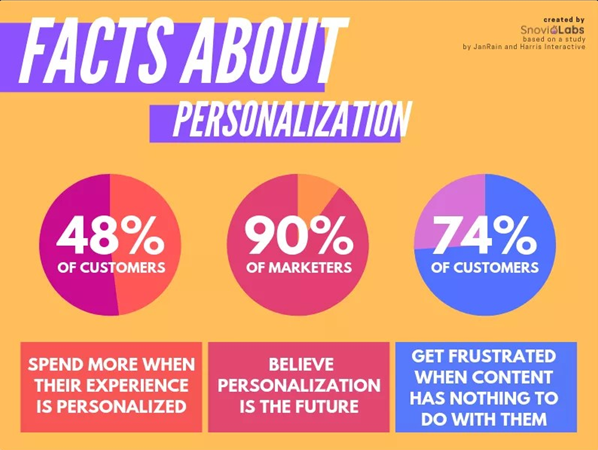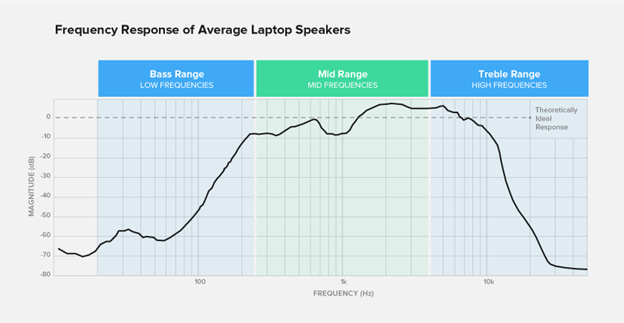UX design plays a vital role in a brand’s growth strategy. In the wake of a post-Covid online shift, advanced digitalisation and automation have become key players in a company’s success story. From a spike in immersive design trends to the rising demand for experience personalisation, UX designers have their work cut out for them in 2022.
The UX designers of tomorrow need to be both innovative and adaptable in a constantly evolving playing field. As company competition rises, all basis of website design, visual interactivity and functionality need to be covered, if a brand wants to stay in the game.
The question is, just how important is sound design amongst 2022 UX trends? If you’ve covered all visual basis and your engagement rates are sitting stagnant, could it be time to delve deeper into the benefits of sound design for UX success?
Read on as we explore the future of user experience and divulge our best-kept secrets about the importance of sound in a victorious campaign.
Consumers Are Demanding More From Designers

(Image Source: Point Visible)
Personalisation has become a key player in a UX success story since the onset of the digital shift. In the wake of the e-commerce boom, that saw the industry expand by a third post-pandemic, consumers now expect competing brands to do more to win their attention. After 90% of smart marketers claimed that personalisation was the future, UX designers are quickly addressing increasing demands by creating tailored experiences that speak to their demographic, while prioritising accessibility and ease of use for a diverse audience.
In fact, the latest stats from McKinsey reveal that prioritising both personalisation and user accessibility within a UX campaign yields a 20% increase in consumer satisfaction rates while boosting sale conversions by 10-15%.
As we step into a competitive future of UX design, marketers hungry for success will need to personalise all aspects of their design strategy, from visual aids to interactivity and sound design.
The key here is for a marketer to know their demographic inside and out. Taking audits of consumer engagement, purchase history and market trends, UX designers can craft an experience that speaks to their demographic’s values, interests and gratifications, making them much less likely to bounce.
Exploring UX Trends In 2022
Like 2021, 2022 has brought a whole new host of UX trends along with it. From the metaverse’s influence on interactivity and immersion to the rising demand for sound design, here are some of the key design trends to watch out for this year:
- A Push For Immersion: On the back of the Metaverse’s success, there are now more than one billion consumers interacting with at least one form of AR/VR every day. In response, UX designers are facing an increasing demand for immersion and interactivity from an active online audience. Website consumers of today, want to be immersed within a piece of content, making 2022 the year for designers to blur the lines between the virtual and reality.
- The Rise Of Voice Search: After The Drum revealed that 27% of global consumers now use voice search to explore the online sphere, UX designers will need to optimise their website design to improve voice search accessibility if they want to see engagement figures rise.
- A Focus On Web Copy: While visual design continues to evolve, so does the importance of website copywriting. Both designers, copywriters and SEO executives must collaborate in 2022 to provide an experience that can hook a consumer visually, while still providing them with the information needed on their search. Investing
The Importance Of Sound Design In 2022
Another significant UX trend dominating the scene in 2022 is sound design. In a push for all things digital, immersive trends have brought sound design into the focal point for a number of UX designers.
In an environment where website design no longer simply shows us what we want to see, but can also tell us through the medium of sound, the future of sound-based UX design is bright. Using a mixture of feedback and haptics, UX designers can now inform and influence their audience in an unobtrusive way, using sounds to guide them across a webpage naturally accompanying visual stimulation.
Not only can sound improve a consumer’s immersive journey, but it is severely overlooked as a design tool for aesthetic success too.
Could Neglecting Sound Design Ruin Your Chances Of Success?
While sound design can significantly improve a UX campaign, only 11% of the media/marketing industry is hiring audio-based professionals on their design teams.
“It’s never before been more possible to use sound in creative ways to give people a better, clearer experience and help them accomplish their goals,” claims the Director of Adobe Design, Khoi Vinh. “ I think there’s a lot of people doing interesting work in sound, and there’s just not enough attention paid to the people who are doing that work.”
In fact, the creator of the 10 Usability Heuristics Principles, Jakob Nielsen, suggests that sound-based feedback is essential in UX design if brands want to create a successful user experience. From preventing errors using feedback sound to streamlining navigation, gliding and drawing attention to important site copy, many designers forget that these steps are not only accomplished using visual guidance.
Neglecting sound design can reduce levels of consumer engagement across the site, and reduce immersive design capabilities that a digitally focussed audience now demands.
How To Improve Sound Design For UX
If you’re looking to improve your own sound-based UX design, then look no further, here are our top tips on how to incorporate audio feedback into your strategy for a more immersive approach to user experience.
Enhance The User Experience
While creating innovative sound experiences may appear appealing to a designer, sound design is best tolerated as an enhancement of the customer experience.
UX designers that want to see engagement peak must focus on utility. Think about which website actions may require a level of feedback enhancement and focus on creating sound cues that can enhance the website flow.
Providing enhanced audio feedback when a consumer interacts with your site is key if you want to keep them immersed.
Design For The Device
50% of all interactions online are completed using a mobile device or a laptop. In the same way, devices can impact visual design techniques, they also impact how UX designers produce sound.
For example, mobile and web-based applications reproduce sound through not-so-hi-fi speakers. This can mean that mobile/laptop audio quality is designed to cut down low frequencies and favour mid-high frequencies instead.

(Image Source: Toptal)
UX designers must have a strong grip hold on device-based design and be able to detect if a frequency needs to be fattened up to reduce muffled or squeaky responses. Staying within a middle-range frequency is best suited to a wide range of devices, but niche designers should be aware of their audience before exporting their sound.
Serve Simplicity
Last but not least, a confident UX designer knows that success is best served simple. When assessing the functionality of a site, simplicity is key. In the same way, minimalism is favoured in functionality-based visual design, generating sound enhancement is no different.
Successful sound design has a clear intent and is simple rather than excessive. Sound should only be used to address an important action, and the level of audio feedback should match the visual aid’s urgency.
Most interactive feedback enhancements should be no longer than 0.3 seconds and just strong enough to be picked up by the browser. Enhancing what is already there, is the key to streamlining a UX strategy. Creating a sound-induced flow that simply blends into the user experience will continue to improve your UX/UI success in a digitally dominated playing field.
![]() Give feedback about this article
Give feedback about this article
Were sorry to hear about that, give us a chance to improve.








